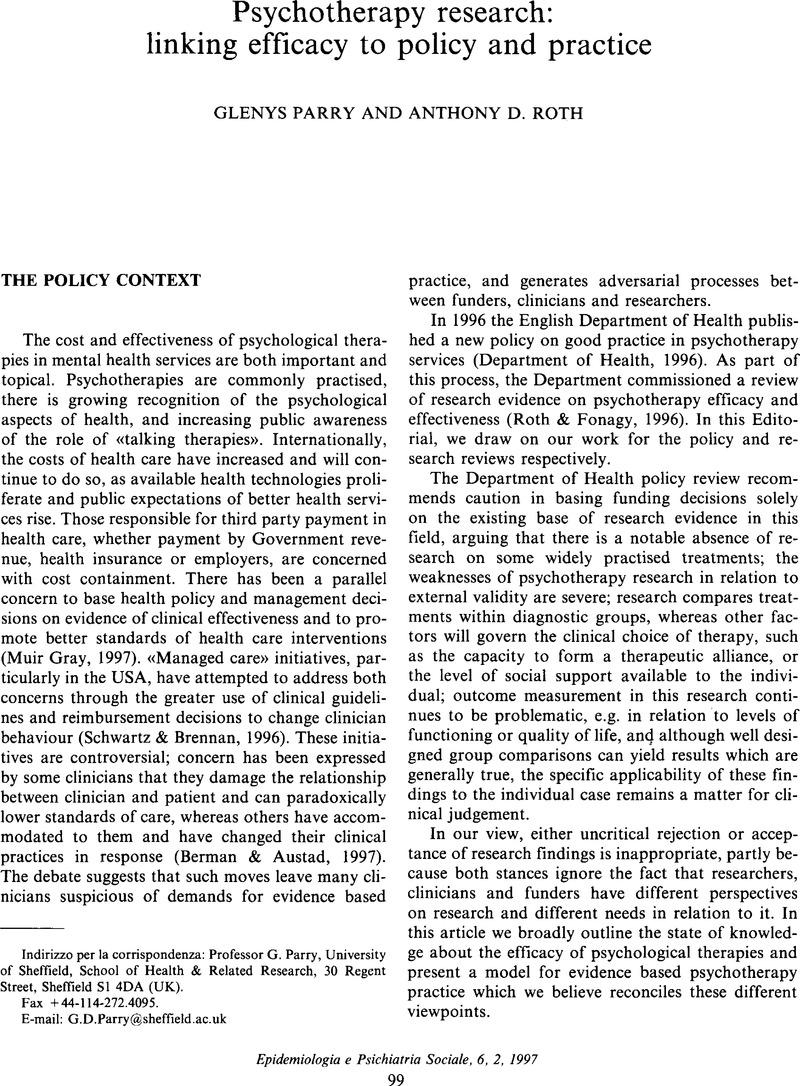Crossref Citations
This article has been cited by the following publications. This list is generated based on data provided by Crossref.
Chiappelli, Marco
2002.
Which psychotherapy in the Departments of Mental Health? From evaluation issues a few ideas to discuss.
Epidemiologia e Psichiatria Sociale,
Vol. 11,
Issue. 2,
p.
134.
Holland, Margaret M.
and
Prost, Stephanie Grace
2021.
The End of Life Within Social Work Literature: A Conceptual Review.
OMEGA - Journal of Death and Dying,
Vol. 82,
Issue. 4,
p.
668.





